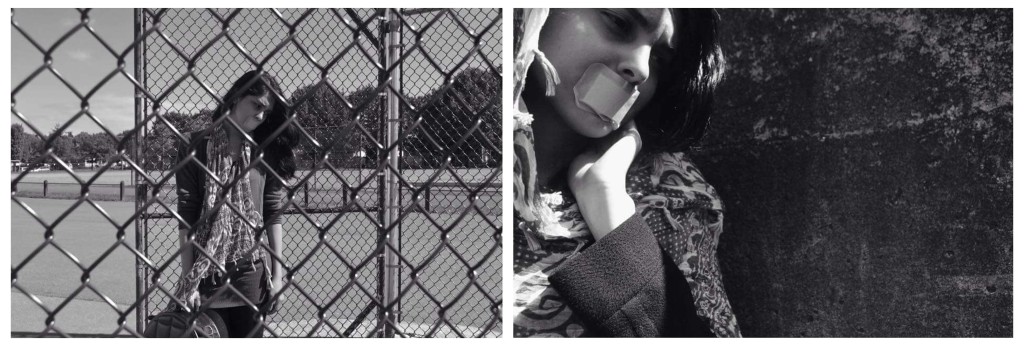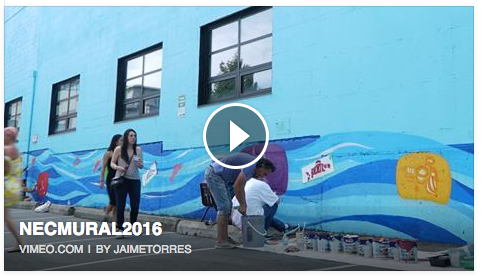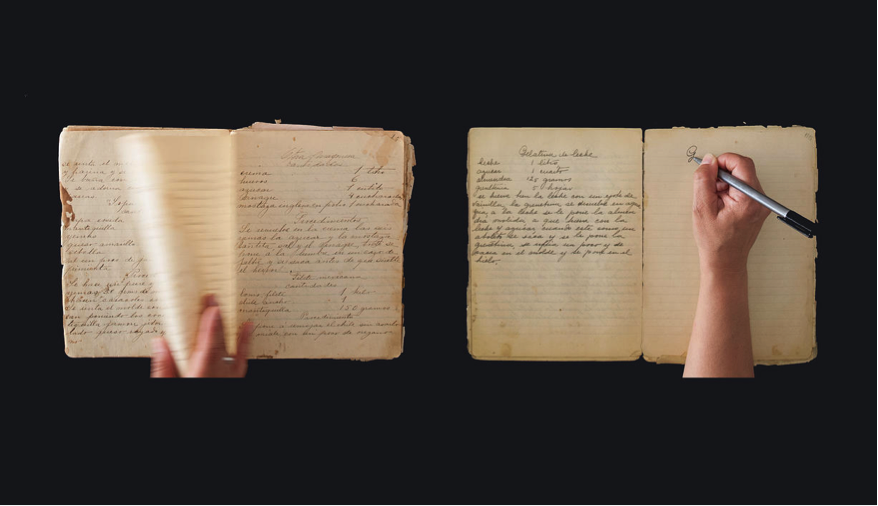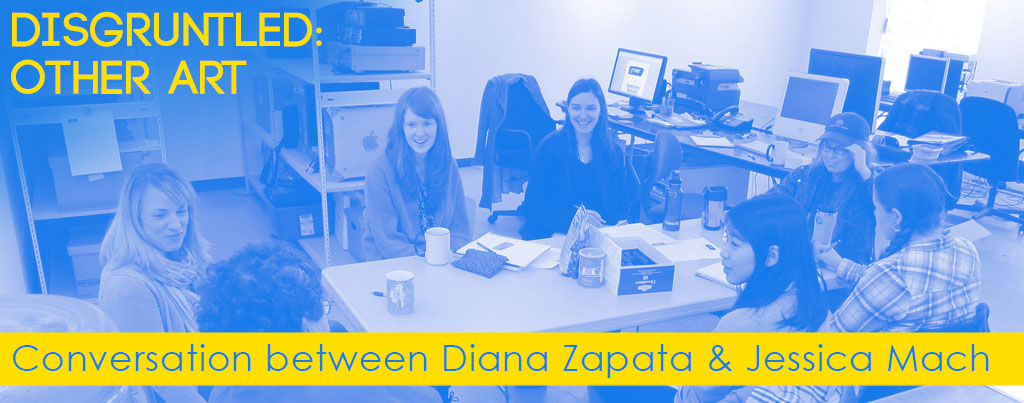
Online Messaging Conversation occurred on September 2015 –
grunt gallery has had the pleasure of meeting and working with a great number of fantastic volunteers who have contributed their time to various projects at our space – and who have subsequently become important members of grunt gallery’s community.
We’re happy to share a conversation between two of grunt gallery’s archive volunteers, Diana Zapata and Jessica Mach, about DISGRUNTLED: Other Art, grunt’s first eBook that commemorates the 30th anniversary.
Diana calls Bogotá, Medellín, Mexico City, Vancouver and Toronto home. She has a BA in Art History from The University of British Columbia and was an Archival Intern at grunt. She currently lives in Toronto, where she makes lattes for the city’s coffee fiends. She is also the Gallery Administrator and Outreach Coordinator at Sur Gallery.
Jessica was an ATA archival and curatorial intern. She received her MA from the Dept. of Art History and Communication Studies at McGill University, and now resides in Toronto.
Online Messaging Conversation occurred on September 2015 –
Jessica: So maybe we can begin by discussing why we decided on this particular combination of texts.
Diana: Ok well from my end, something about the deeply personal nature of the texts spoke to me. It wasn’t until after we each went over our shortlist that we found the overlapping themes. And these topics have been on my mind recently. The topics of family and diaspora and identity, that is. Something about the amount of time I’ve spent living on my own away from family has led me to wanting to reflect on that a lot.
J: Yeah these texts were incredibly personal but each one spoke to broader structural dynamics as well. And as was the case with you, there were definitely parts that personally resonated with me — like when Larissa Lai rehearses the line “We didn’t come here so you could be like this (i.e. queer),” she is accurate in her contention that it is one that “so many of us have heard” before (“us” being, of course, the progeny of first-generation immigrants). I’ve heard it, maybe you’ve heard it, and it wasn’t necessarily always being directed at us.
I think what most interested me about this particular combination of texts is also encapsulated by that line. Lai, Susan Stewart, and Peter Morin are all trying to negotiate their conflicting and often irreconcilable fidelities to various traditions, familial structures, sexual practices, etc.
D: Yes, there is a tension there that they are trying to work through between their familial duties, staying true to themselves and working within a world that excludes them. And the artists that Lai writes about, as well as Lai herself, Stewart and Morin seem to be, in one way or another, outsiders. Or trying to live outside what bell hooks called the white supremacist capitalist patriarchy.
J: Oh the WSCP definitely sucks in a big ass way: even once you’ve given a name to it and recognized the incredible extent to which it structures even the most banal parts of your life, that doesn’t necessarily fortify you against its reach. It was sad, though definitely not surprising, to read for instance in Susan’s essay that Suzo Hickey, an artist whose work explicitly takes as its subject of critique patriarchal standards of motherhood, nevertheless feels like a failure for not being able to meet those standards: “she doesn’t feel like she is doing anything right.”
D: It’s designed to make everybody feel like they are not good enough for it — of course — everybody except those who were actually born fitting its narrow parameters of what it is to be normal or right. And it kills me how families, the people who are supposed to love you and support you, can fail so spectacularly at this because they are more concerned with upholding these damaging values than they are with raising strong, kind individuals who can think for themselves. And it’s not like we are obsessed with the WSCP, but it’s everywhere! And people will go out of their way to deny deny deny rather than just stop and think of how they may be complicit.
And like in Hickey’s case, the lack of support for certain lifestyles is so damaging to all of us. Just because we didn’t all choose to be engineers or IT specialists doesn’t mean we don’t deserve to be there for our families and provide them with the best life we can.
J: The proposition that alternative familial structures can facilitate well-being for their members just as well as — or possibly even better than — say, the nuclear family, can seem like such a “well, duh” thing. But it also often isn’t. These three essays are so instructive for thinking through the lived complexities (and often pain) of navigating alternative avenues in a WSCP, because they all direct attention to the negative affects that can circulate around such an enterprise, and the extent to which these affects can burden or even outright prevent its realization.
Again, I found Lai’s rehearsal of the line “We didn’t come here so you could be like this” fascinating, not least because I’ve also been the object of its address. It is an accusation of betrayal, and the accusation isn’t actually completely inappropriate or inaccurate.
D: As much as parents want their children to live their best lives, I can see how it can be difficult for them to understand their child’s choices, especially if they spent so much of their adult lives sacrificing parts of themselves to raise them. But when you’re a child, it’s painful to stick out because of who your parents are (if you only have one parent, if you have two moms or if you are being raised by a struggling artist) and all you might want to do is be normal. So it feels like a lose-lose situation. Families are still families, no matter how unconventional and they are all composed of separate humans experiencing life in a parallel, not identical way. And these humans might all be broken in their own ways throughout their lives.
“We didn’t come here so you could be like this,” in the eyes of the person speaking it, might be meant to be interpreted as “we didn’t want you to suffer how we’ve suffered” but it’s hard to take it like that when you know you can’t be any other way and still be happy. So that delicate balance fascinates me, which is why I am interested in finding out about how other people experience it and live through it.
J: Yeah, and I think the Peter Morin essay provides an illuminating (and incredibly lovely) counterpoint to the Lai and Stewart essays, which meditate on the frustrations, pain, and awkwardness of disentangling oneself from various traditions — traditions structured, in both cases, by localized iterations of patriarchy. Here is an individual whose relation to Family is defined by longing — for real people who are either rarely proximate or no longer around, and for a facility with a heritage that may not have been so well-documented and thus easily recovered.
D: The part that I related to the most in that essay was the part where he talks about how his family took turns housing his grandmother. I remember my mom telling me that this or that uncle or aunt were taking them to their house for a certain period of time before it was somebody else’s turn. They would pool money to pay for medicine and other expenses, and since it would have been too expensive to hire a nurse to take care of them this was the solution. They spent their time living with each of their children and with their grandchildren. I missed out on a lot of that because my family lived in a different country, so we would only visit during the summers.
It was also refreshing to be reminded that not all aspects of family can be damaging, and that there are traditions which are useful and important to pass on. I also enjoyed the parts that talk specifically about the photo and its frame. When you belong to a community or family that has spent so long moving around, certain objects will hold so much power over your memory. I particularly loved this: “So, I too am responsible for stories” because I don’t think he sees it as a burden, but an honour. To have a history and to pass it on to the next generation.
J: There are definitely traditions that are useful and important to pass on! This is perhaps particularly the case for Morin, who is Tahltan — to preserve and sustain specific traditions is to refuse and to fortify against an historically institutionalized project of colonial erasure.
D: Yassss.
It seems like we have all taken up the job of attempting to dismantle the damage done by hundreds of years of destruction, in our own ways. I’m thankful to grunt for informing so much of my thinking in this respect. Working with the archives was an amazing educational experience, especially when it came to contemporary First Nations art and Performance art. So it wasn’t just the people I met along the way.
J: Yes! Although I met you, Olga, Kendra, Venge, and Dan at grunt, and you’re all still my besties.
D: 5ever.
Download the 30th Anniversary eBook here.
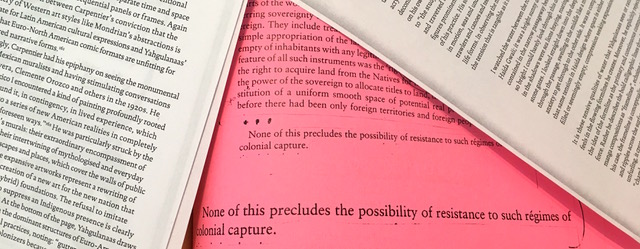

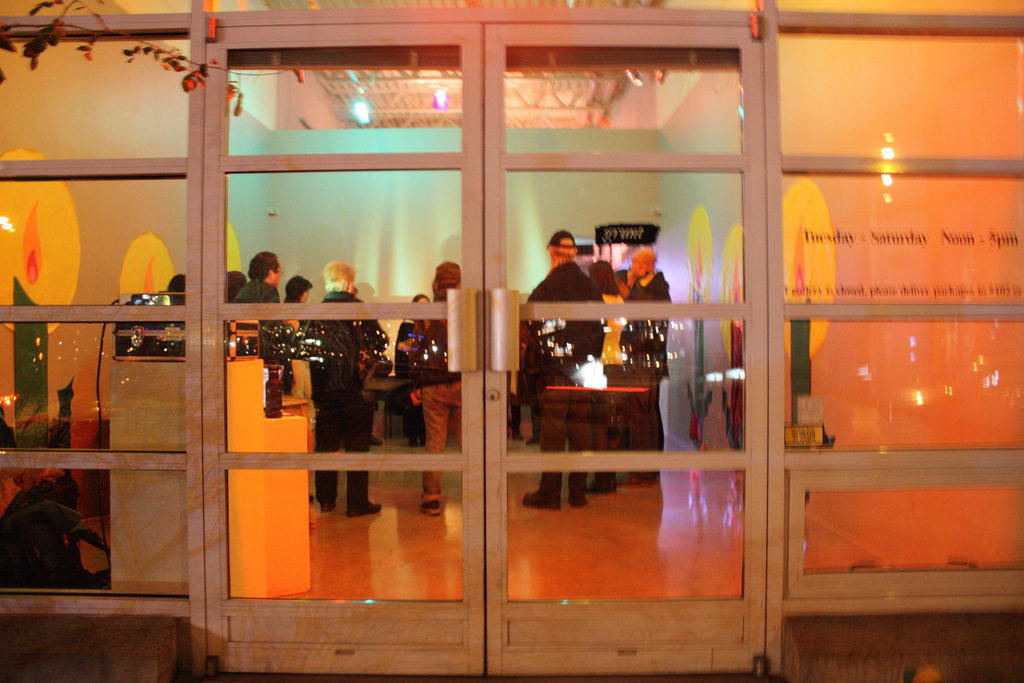
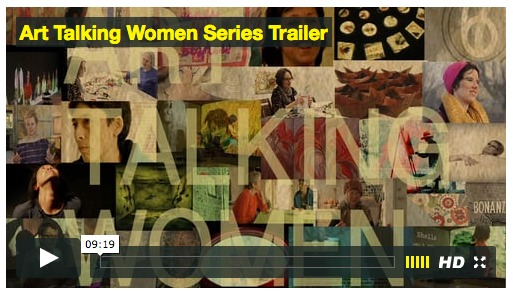
![LOVE Line-03[2]](https://grunt.ca/wp-content/uploads/2016/06/LOVE-Line-032-1024x731.jpg)
